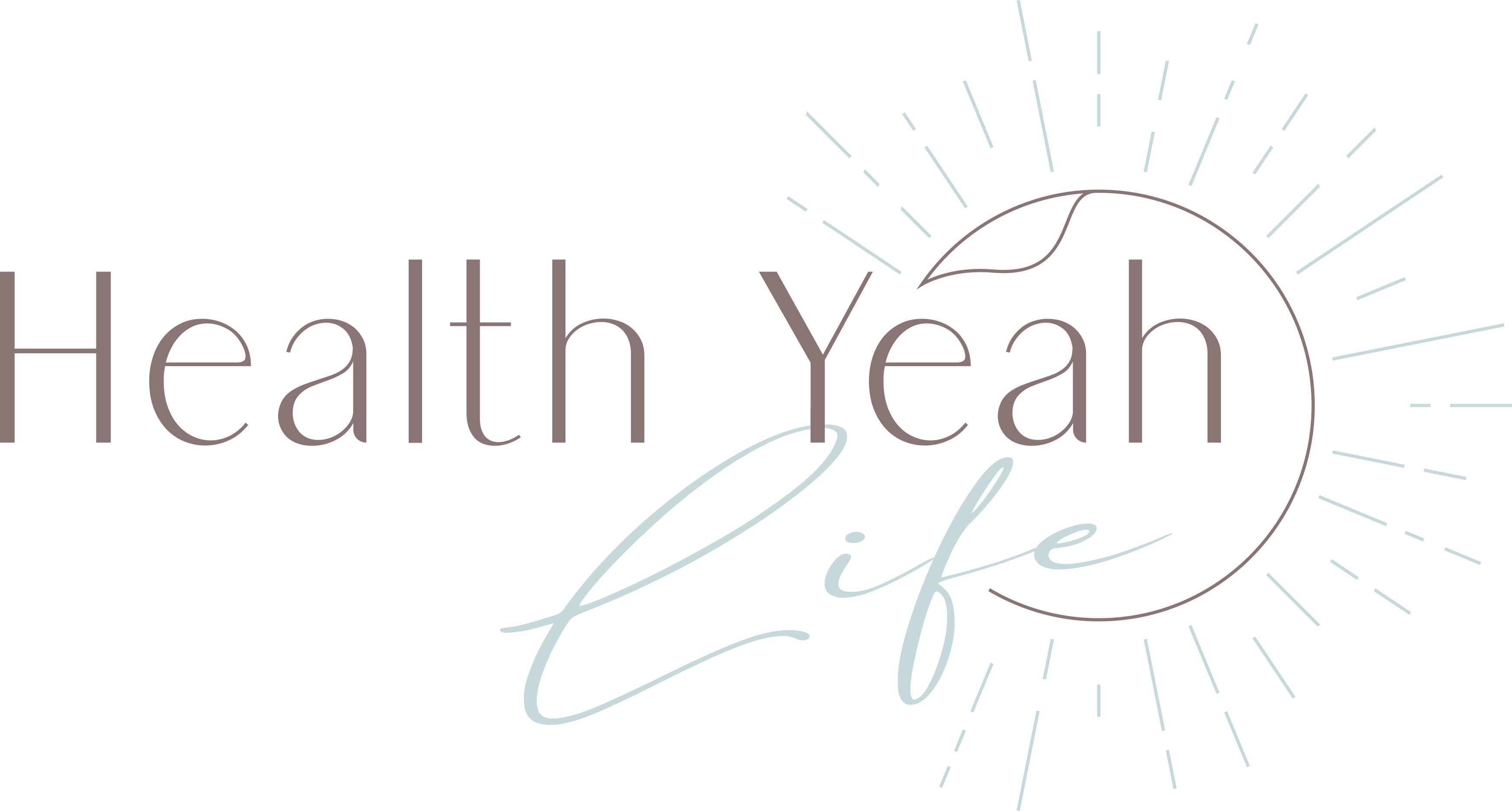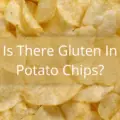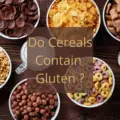Shifting to a gluten-free diet may mean that you're going to be paranoid about every food item that exists and if it contains gluten? Let's discuss fruit; how can it even possibly be related to gluten? But the question is bound to rise, especially if you're new to the diet.
We're here to tackle all your worries and let you know everything about eating fruit on a gluten-free diet. Read further to gather everything you should know about your seasonal favorites.
Gluten & Fruit

Naturally, these sweet delicacies are entirely gluten-free. Gluten comes from gluten-containing grains; grains and fruits don't necessarily go together. As long as you're buying fresh produce, you can get your hands on any fruit you desire.
Another plus is you can purchase frozen fruit if you're planning on stocking up. Get those frozen strawberries, raspberries, blueberries, and more if fresh ones aren't in season, and make your favorite desserts without fretting about the gluten.
Dried Fruit-

So, if fruits are gluten-free, when do you need to take the necessary precautions to avoid gluten? The first area you need to double-check is when buying dried fruits. Dried fruits are generally fruit with the water content removed through processing.
Dried fruits can be at risk of cross-contamination from being made in factories where the risk of cross-contamination always exists. There have also been a few suspicions that dried fruits contain coating with various flour types such as wheat flour, which prevents them from sticking to one another. The grey area- they're often not specified in the labeling.
Processed Fruit-

We could consider processed fruits to be problematic. These products range from fruit syrups and fruit pulps to jams and jellies. These products are a significant no-no on your gluten-free diet unless they specifically label them as gluten-free. You can contact the manufacturer to inquire about the gluten-content of the product.
Although, unless you want to take the risk of consuming gluten, it's best to avoid any processed fruits. Beware, you can't grab the coated fruit snacks on your next grocery trip either! Most coated fruit snacks contain gluten, either in the coating itself or during processing through cross-contamination.
Before you give up on all your fruit snack cravings, making homemade gluten-free fruit snacks is incredibly easy. Not to mention they're so much better in terms of taste than processed brands.
The Myth Surrounding Wheat Berries

You might've seen the name “wheat berries” and automatically conclude that wheat berries may be fruit types. Don't worry; we've all been there. The fact is wheat berries are not fruit; they're as far as you can go from being fruit. Excluding the husk, they are the edible part of the wheat grain.
These grains consist of the wheat's bran, germ, and endosperm. In other words, wheat berries are unprocessed whole grain. Wheat berries are then further processed into what comes out as whole wheat flour. Hence, wheat berries are heavily contaminated with gluten since they are wheat, the prominent gluten-containing grain. Therefore, rest assured that natural fruit produce does not contain any gluten, and wheat berries are not fruit!
Fruit Products You Should Avoid

Now that we've established that processed fruit products might contain gluten, on to the next step. What fruit dishes do you need to avoid when eating at a restaurant? While it may seem simple, many processed fruit products aren't considered by those eating a gluten-free diet.
Here are a few you should check if you're not making these yourself:
Smoothies-

Store-bought pre-prepared smoothies often have gluten-containing ingredients in them. Whether it's in the form of cross-contamination or gluten additives, pre-prepared smoothies are high-risk for gluten. But you wouldn't want to leave this healthy drink out of your daily meals or snacks.
For this reason, homemade smoothies are the answer to your problems! Go for a classic berry smoothie or mix and match with different fruits. It all depends on your tastebuds.
Juices-

Once again, while homemade fruit juices are incredibly nutritious for your body, packaged ones are not. Many fruit juice companies trick their consumers into believing how healthy their fruit juices are. However, these fruit juices contain excess sugar or harmful sugars like high fructose corn syrup that will harm your health.
Although this doesn't mean fruit juices are unhealthy, you should consider cutting them out of your diet. If you decide to have fruit juice, organic fruit juices are the most nutritious drinks to add to your daily diet. Try going for gluten-free, organic companies, or make your glass of juice yourself.
Fruit Bars-
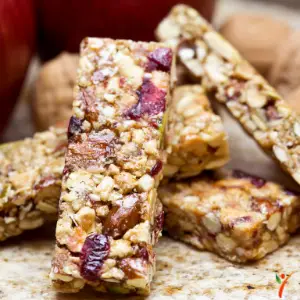
Deciding to go for some healthy fruit and nut bars to boost energy? Sorry to break it to you; fruit bars might not always be gluten-free. Unless the company states that its products are safe for gluten-free dieters, you'd want to steer clear of eating them. Firstly, fruit bars are processed in factories, which brings the risk of gluten-contamination during manufacturing.
Secondly, fruit bars might contain gluten-containing additives for flavoring to enhance the taste. If you're craving them, you can always look for gluten-free fruit bars. Not only will you find numerous options, but you'll also be taking out the artificial additives from your diet.
Jams and Jellies-

Thinking of stocking up on your favorite fruit jam for your morning routine? If you've recently shifted to a gluten-free lifestyle, you might want to think again. Jams and jellies are packed with additives for flavoring, texture, and preserving the product. While this means better taste and texture and a longer shelf-life for most, it also means additional gluten-content.
Buy your favorite fruit from the grocery store and make them at home for your morning rituals or midday snacks. Of course, you can also search for gluten-free jams and jellies, and you're bound to find many.
Recipe for Homemade Strawberry Raspberry Jam
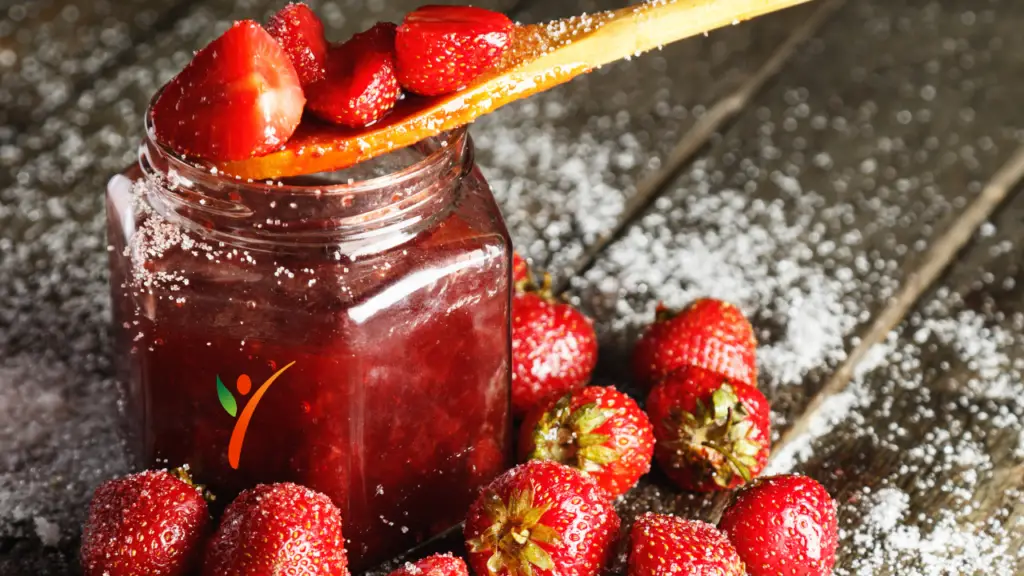
You're probably wondering if you should start making homemade jams now. But aren't they a long and hectic process? Actually, no, making jam and jelly is an entirely uncomplicated procedure. Grab the ingredients, take an hour out of your day, and you've got a delicious treat at your disposal.
Ingredients:
- 1 ½ cups strawberries
- 1 cup raspberries
- 2 tablespoons maple syrup
- 1 tablespoon chia seeds
- 1 tablespoon lemon juice
- 1/2 teaspoon vanilla extract
Directions:
- Using a non-stick saucepan, place your strawberries and raspberries in it. Cook them for a few minutes on medium heat. You should see them starting to soften.
- Adding the maple syrup and lemon juice to the pan, let the mixture simmer for about 5 minutes. Meanwhile, keep stirring the mixture and mash your berries during this process.
- Add in the chia seeds.
- Simmer for an additional 5 minutes. Stir occasionally.
- Once done, add in the vanilla extract. Let the mixture cool.
- Pour your jam into an airtight container and store it in the refrigerator.
Wrapping Up
What are you waiting for? Head to your nearest grocery store and get your hands on all your favorite fruits, fresh or frozen. Eat them on their own at breakfast or even lunch. You can also make mouthwatering desserts with them.
Are you feeling a little low this weekend? Why not go for a fruit tart or even a fruit trifle to cheer yourself up.
The owner of this website, HealthYeahLife.com, is a participant in the Amazon Services LLC Associates Program, an affiliate advertising program designed to provide a means for sites to earn advertising fees by advertising and linking HealthYeahLife.com Review to Amazon properties including, but not limited to, amazon.com.
